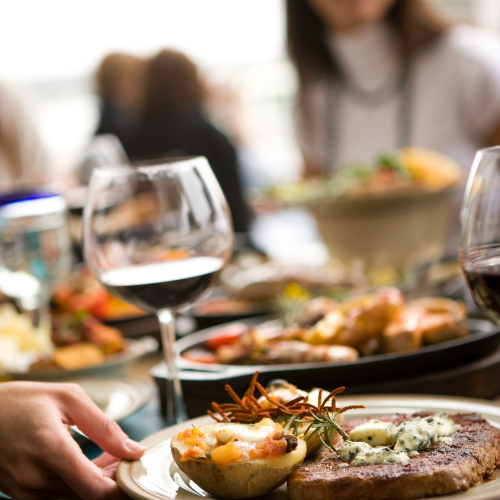Over the past 25 years, the theory of wine and food pairing has undergone several changes. Here are some of the most notable changes:
Focus on Regional Pairings: In the past, wine and food pairing was often based on the characteristics of the wine or the dish. However, over the years, there has been an increased focus on regional pairings. This means pairing wines with dishes that come from the same region. For example, pairing a Chianti with Tuscan cuisine.
Importance of Umami: Umami is the fifth taste that was identified in the early 1900s, and it has gained prominence in the theory of wine and food pairing over the past few decades. Umami is often found in foods such as mushrooms, soy sauce, and aged cheeses, and it can have a significant impact on the taste of wine. Many wine experts now consider umami when pairing wines with food.
Experimentation with Unconventional Pairings: In recent years, there has been a trend towards experimenting with unconventional pairings. For example, pairing a spicy dish with a sweet wine, or pairing a white wine with a red meat dish. This experimentation has led to some surprising and delightful pairings.
Recognition of Personal Preference: There is now a greater recognition that wine and food pairing is a matter of personal preference. While there are certain guidelines that can be followed, ultimately, the best pairing is the one that you enjoy the most.
Technology-Assisted Pairing: In recent years, there has been an increase in the use of technology to assist with wine and food pairing. There are now apps and websites that can suggest pairings based on the characteristics of the wine and the dish, as well as your personal preferences.

